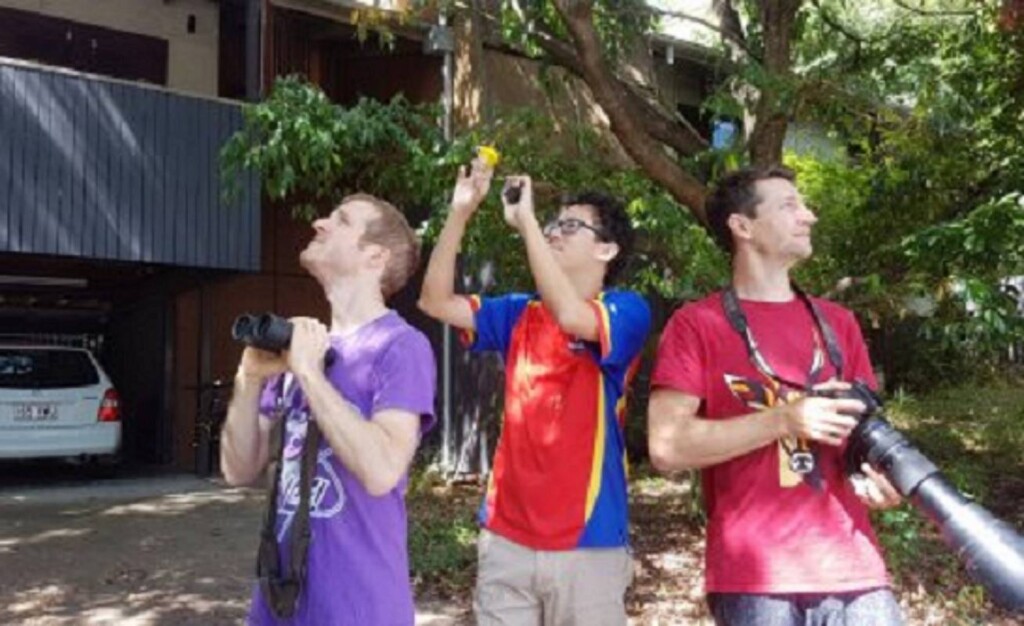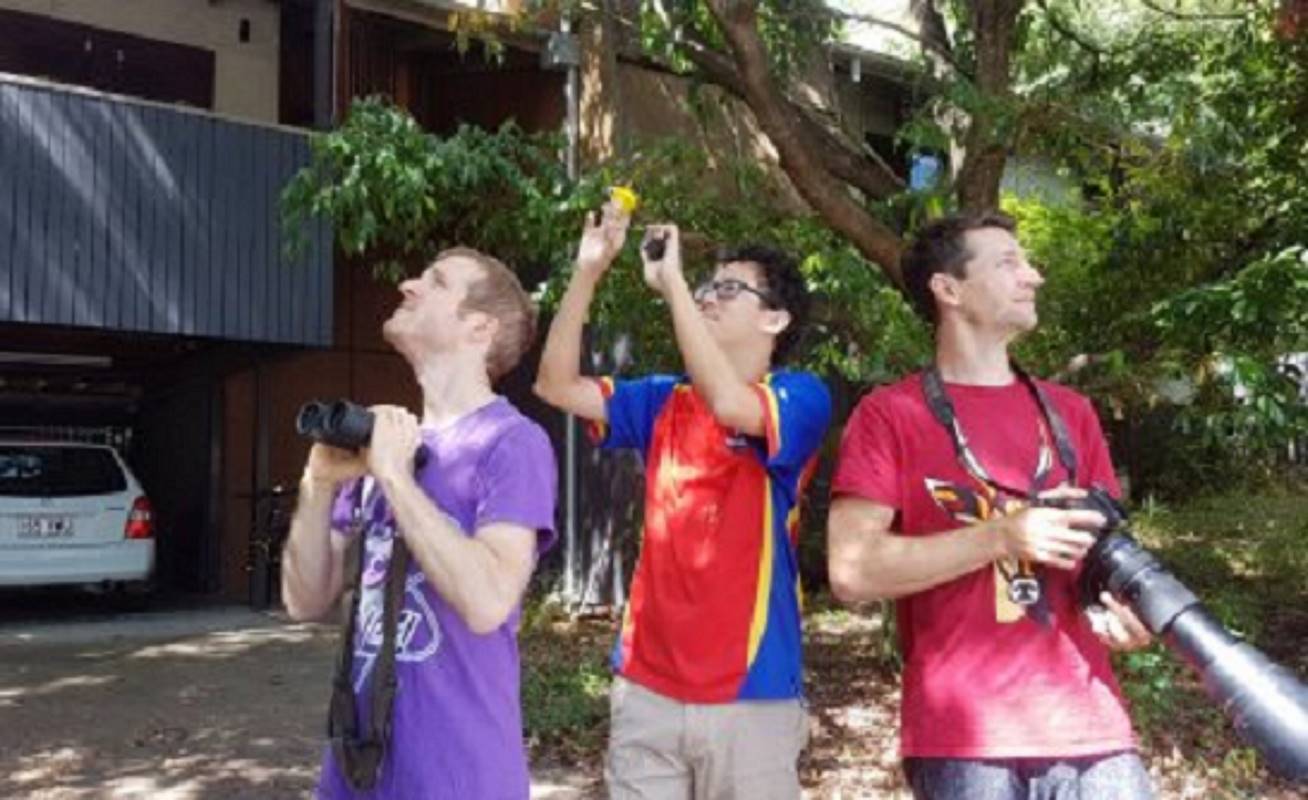
If you went out into the backyard of a house in a major metropolitan area, how many species of plants and animals would you expect to find there?
Well scientists who decided to conduct an experiment at their Brisbane suburban home in order to answer that question managed to find over 1,000 species of plants, animals, and fungi.
Dr. Matt Holden, a mathematician, Dr. Andrew Rogers, an ecologist, and Dr. Russell Young, a taxonomist, were roommates together in the city of Brisbane during the initial round of COVID-19 lockdowns in Australia.
The idea of the species count was born when Dr. Rogers went to vacuum cobwebs in his room and wondered how many spiders were on the property.
“We asked a large number of ecologists and conservation scientists how many species they’d expect to find in this setting and they predicted only 200,” said Rogers’ roommate, Dr. Holden. “But after 60 days of surveying, we’d already discovered 777 species.
“It shows suburban houses and apartments could have far more biodiversity than ever imagined, especially when it comes to insects.”
Insects, yes, but not the ones you’d imagine. Their survey, which they turned into a scientific paper published in the journal Ecology, identified 436 moth and butterfly species, yet only 56 different spiders.
WE KNOW YOU’LL LIKE: Download a Free Native-Plant Garden Plan for Your Specific Region
In addition to the invertebrates, they found 8 reptiles and 56 birds, including tawny frogmouths, laughing kookaburras, blue-faced honeyeaters, rainbow lorikeets, spotted doves, and a Brisbane favorite: the Australian white ibis.
Holden and and his colleagues spoke with their university press about the experiment, and hailed their house as not just a bachelor pad, but a “complex ecosystem” that showcases Australia’s biodiversity without the need of even going to the Outback.
“The house was a complex ecosystem of species interacting—we stumbled upon the moth Scatochresis innumera, which as a caterpillar spends its whole time feeding inside the dung of a Brushtail Possum before emerging as an adult,” said Dr. Holden.
MORE BACKYARD SCIENCE: 10-year-old’s Backyard Discovery Reveals ‘Mind-blowing’ Interaction Between Plants and Insects
“The Parilyrgis concolor is another moth species whose caterpillar lives in spider webs and devours spider poop to survive. You don’t have to go traveling to connect with Australia’s diverse range of species, just look in your own backyard.”
Holden recommended keeping native and low-maintenance tree and shrub species, and ignoring the urge to manicure a lawn with pesticides to preserve the greatest biodiversity.
SHARE This At-Home Science And Surprising Results With Your Friends…




















